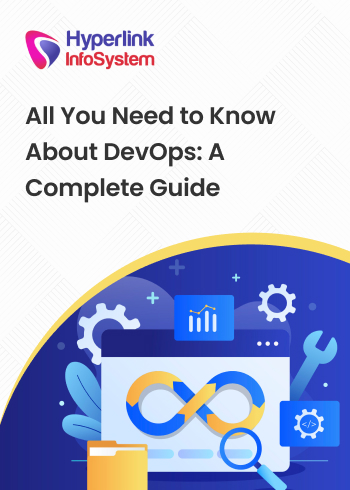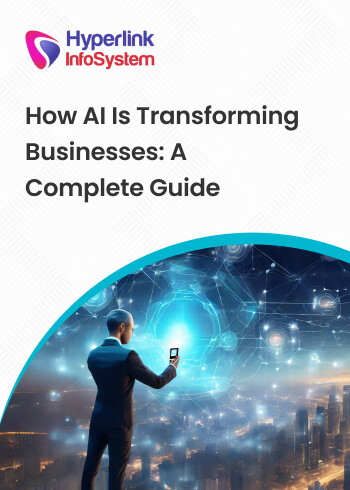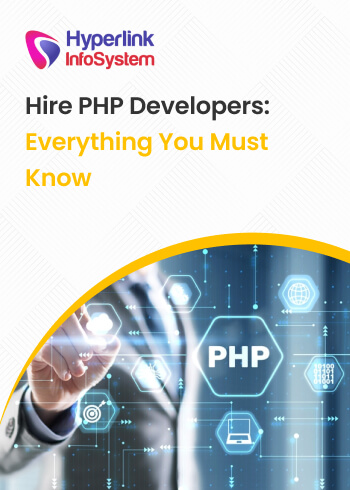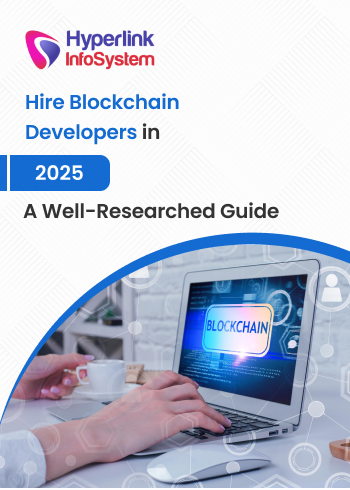The advent of smart devices has been a significant milestone for the human race. The Internet of Things, along with advanced analytics and data science are the face of digital transformation. They have the potential to revolutionize how we live, work, and socialize.
According to one report, 79% of US consumers use at least one connected device in their homes. From smartphones, lightbulbs, and smartwatches to smart thermostats, TVs, and air conditioners, wireless devices have a huge impact on our everyday life.
The popularity of these devices has been growing uniformly across all major domains. With the proliferation of smart devices in everyday life, we are slowly moving towards an era where every household is interconnected and controllable through a handheld device.
At the same time, innovative technologies such as 5G can speed up the application and adoption of the Internet of Things even more. Unsurprisingly, some reports estimate that the global population of IoT devices to reach
125 billion in the next 10 years.
In this article, we will discuss in detail the prospects of the Internet of Things in the near future and why your next product purchase should be IoT enabled.
What is the Internet of Things?
The Internet of Things, or IoT, is a term for billions of devices that connect to each other with the help of the internet. Each of these devices collects and shares data with other devices. The phenomenon of the Internet of Things came into being due to the availability of powerful network bandwidths, ubiquitous wireless networks, and low-priced computer chips.
All these factors have expedited the growth of the Internet of Things. We now have the power to turn anything as small as your pill to something as large as an airplane through an IoT device.
It’s now possible to connect different objects, add cutting-edge sensors, and facilitate real-time communication between different devices. At the same time, we can also add a new level of digital intelligence to devices and help them process information on-site without any delays. Needless to say, the
Internet of Things is making our world smarter and more responsive at the same time.
The Emergence of the Internet of Things
The adoption of connected devices has been exponential across the world. It is no surprise that the number of connected devices used by people now exceeds the number of people in a household.
Increase in Global IoT Devices
As more people connect to IoT devices across the world, the market of the Internet of Things will continue to increase. The number of IoT devices was 15.41billion in 2015. However, the number of devices has increased to over 30 billion in the last five years. In the next five years, we can expect the number of devices to reach 75.44 billion in the upcoming five years.
(The number of IoT devices globally is expected to increase by 44.71 billion units by 2025. [Image Source])
Statista reports that the number of network connected devices per person was 3.47 in 2015. However, in the last five years, that ratio has grown almost two times and reached 6.58 network-connected devices per person by 2020.
(Since 2010, the ratio of connected devices per person has tripled. [Image Source])
IoT Market Revenue
Since the number of IoT devices is increasing, we can also expect the revenue market of the IoT sector to increase as well. In 2017, IoT had crossed the $100 billion mark and by the end of 2019, it had reached
$212 billion in revenue.
However, the future for IoT revenue looks promising in the future. According to a survey by McKinsey, the economic potential of the IoT industry lies between
$4 to $11 trillion dollars annually by 2025. At the same time, respondents of the survey agree that B2B applications will capture 70% of the market share.
The Use of IoT Devices Across Different Industries
From reducing operational costs to enhancing productivity and maximizing asset utilization, IoT devices have the potential to revolutionize various industries and domains. More importantly, IoT-driven development can uncover additional sources of income, which significantly reduces the time to market for companies.
There have been many factors behind the rapid growth of IoT devices. However, the following reasons have made the most contribution to the rise of IoT devices.
Improved Business Opportunities
IoT has the capability to increase business opportunities for all industries across the spectrum. Businesses can now use advanced applications of IoT devices to capture and process information on site.
As a result, it is easier for them to improve their services and open avenues for greater business opportunities. The rise of ride-hailing services and commuting options has been one of the greatest examples of IoT creating new business opportunities.
Services like Uber, Lyft, Easy Taxi, and Yandex utilize smartphones as IoT devices. Smartphones allow these services to collect user data extensively. As a result, they are able to improve their services and provide greater service.
Furthermore, the use of smartphones as IoT devices has helped the ride-railing services to use Google Maps for avoiding high-traffic routes. At the same time, it allows these services to calculate fare estimation accurately.
Regardless of which industry you may belong to, the application of IoT devices can help organizations develop strong and robust business models. IoT devices help improve the quality of service. The enhanced quality of services churns greater customers, which increases the return of investments.
Enhanced Asset Utilization
IoT can be extremely helpful in instrumental in improving asset utilization. IoT devices can keep real-time track of the valuable assets in an organization such as tools, equipment, and expensive machinery.
These devices use sensors to capture data in real-time. Therefore, system administrators can monitor the condition of these units effectively. However, what makes IoT devices unique is that they not only let users monitor machinery and equipment, but they also have the ability to prevent any failures caused by the equipment.
This is why IoT devices have a key role in the industrial and manufacturing sectors. In fact, one of the earliest uses of the Internet of things had been in the industrial sector long before the Internet of Things was a buzzword.
IoT devices in the manufacturing industry help businesses leverage preventive analysis. Since IoT devices can identify issues before they happen, they can minimize the damage caused by these issues.
Streamline Business Operations
IoT devices enable businesses to collect real-time operational data on a scale that wasn’t possible before. By analyzing this data with the help of deep data analysis techniques, these companies can gain useful insights into their daily operations.
As a result, it is easier for these organizations to understand how they can improve these operations. The additional insight from data grants decision-makers the ability to make smarter decisions by leveraging IoT insights.
IoT devices responsible for collecting data with the help of actuators and sensors play a key role in making these features possible. These devices can help decision-makers in increasing the efficiency of operations. Companies can minimize maintenance costs, energy costs, and time to market while making the usage of human resources as efficiently as possible.
Better Safety and Security
IoT devices have enabled organizations to enhance their monitoring capabilities. This means that security services can now use advanced monitoring techniques to enhance security and safety.
With time, we may see the application for face detection devices with the help of IoT devices to find fugitives. Similarly, it’s possible for these services to implement real-time monitoring and tracking systems that ensure asset safety within industry and manufacturing.
Cost Cutting
With improved utilization of resources, we can improve business productivity and streamline workflow within organizations. Since operational resources are used efficiently, we can cut down costs of operation and maintenance considerably.
In other words, when IoT devices are coupled with data science and analytics, we can apply preventive maintenance. Since we can predict the likelihood of failure more accurately, it is easier to allocate proper resources and cut down additional repair costs.
Inventory Tracking and Management
Like the ride-hailing industry, IoT devices have had a profound effect on inventory tracking and management. With the help of IoT devices, supply chain and logistics services can accurately track and monitor the movement of their cargo.
As a result, it is easier for business enterprises to manage their inventories and optimize the usage of their warehouses. Instead of using remote scanners and other devices to closely monitor inventory and supply chain, businesses can now use smart devices to maintain an immutable record of all inventory changes automatically.
Information on Customer’s Needs and Preferences
IoT enabled smart devices are capable of recording the responses of consumers and analyzing their patterns and behaviors. As a result, it is easier for organizations to make considerably accurate product recommendations.
At the same time, business enterprises can leverage data trends to optimize their marketing strategies. Similarly, they can also use these data trends to see what their clients desire the most.
Using IoT devices to monitor and analyze user behavior can give businesses useful insight into each granular stage of the buying cycle. Not only will it help businesses understand the target market but it will also help companies to provide better services on a qualitative level.
The rise of IoT devices in multiple sectors has been inspired by the opportunity for innovation the technology offers.
It’s no surprise that the IoT endpoint market reached 5.81 billion units in 2020, with the numbers reaching 3.96 billion and 4.81 billion units in 2018 and 2019, respectively. Interestingly, the segment which used the greatest endpoint units consistently between 2018 and 2020 has been the Utilities sector.
Following that, physical security is the segment with the second-highest endpoint IoT devices with the numbers reaching as much as 1.9 billion units in 2020 alone.
(The government segment purchased the third most number of IoT Endpoint units, numbering up to 700 million in 2020. [Image Source])
IoT in Healthcare
To end consumers, healthcare is an industry that affects them directly. Given that the Internet of Things has enabled a world of possibilities in healthcare, you can benefit from buying IoT-enabled products.
Healthcare-related devices are responsible for gathering invaluable medical data and sharing them with medical professionals in real-time. They can use simple medical devices to gain in-depth insight into the condition of a particular patient and identify symptoms and trends. As a result, medical professionals can provide remote care to patients and give them greater control over their treatment.
Cancer Treatment
In June 2018, experts presented data on randomized clinical trials of over 357 patients receiving treatment for neck and head cancer at the ASCO Annual Meeting. In this trial, experts used a combination of Bluetooth-enabled blood pressure cuff and weight scale and a symptom-tracking app to update physicians about the ongoing symptoms in cancer patients.
They were able not only able to record existing symptoms, but also to send updates on responses to ongoing treatment every day of the week. The smart monitoring system was termed CYCORE and patients who benefited from this treatment, experienced less severe symptoms stemming from cancer and related treatment.
In the end, the monitoring system was able to simplify care for patients, caretakers and as well as physicians. Medical professionals were able to address the side-effects of treatment easily and were able to ease the burden associated with cancer treatment.
Insulin Pencils and Smart Continuous Glucose Monitoring (CGM)
The treatment of diabetes has been one of the earliest uses of smart IoT devices in healthcare. Diabetes is a condition that affects approximately one in ten adults. Due to the
global rise of obesity, the threat of being affected with diabetes has never been higher. However, with the help of IoT devices, we can use continuous glucose monitoring devices to administer the treatment of diabetic patients.
Continuous Glucose Monitor (CGM) is a device that enables diabetic patients to monitor their blood glucose levels at regular intervals. Since the development of the first CGM system in 1999, CGMs have come a long way in making the life of diabetic patients easier.
Nowadays, you can buy smart CGMs that can be connected to your phones via Android or iPhone apps. These devices can monitor the levels of blood glucose and notify users about when their blood sugar has reached a harmful limit.
Smart CGS devices such as Eversense and FreeStyle allow caregivers to take care of their loved ones remotely. Therefore, people who are responsible for elderly patients and diabetic children can be notified when the diabetic level of patients exceeds a certain limit. These devices allow remote treatment of diabetes and enable caretakers to do other errands as well.
At the same time, IoT devices such as smart insulin pens are invaluable for diabetes patients. Smart insulin pens are capable of automatically recording and remembering the amount, type, and time insulin injected doses for diabetics. These devices can learn from the pattern of daily usage and recommend the correct type of insulin injection at a given time.
Devices such as Esysta, InPen, and Gocap can interact with smartphone apps to store long term patient data. This kind of data storage can be invaluable for patients who need to constantly monitor their insulin dosage and calculate future dosages depending on the amount they have already injected.
In advanced insulin dosage pens such as Gocap, you can also use features recording sugar levels depending on the meals taken by the patient. Such features can help patients determine the effect of insulin dosage and meals on their blood sugar levels.
Ingestible Sensors
Ingestible sensors and other medical IoT devices by Proteus Digital Health are great examples of IoT speed innovation in healthcare. With the help of ingestible sensors, patients can improve the quality of their treatment by allowing them to monitor their adherence to their prescriptions. A global study by the World Health Organization in 2003 had revealed that as much as
50% of patients do not take medicines as directed.
Solutions such as ingestible sensors are one way of reducing this ratio. These solutions have an interesting way of working. The patient has to ingest specially designed pills that dissolve in the stomach.
These pills initiate a small signal that can be picked up by a wearable sensor on the body. The sensor catches these signals and relays the data to the smartphone app, which notifies the patient whether he or she has taken the right medication in the prescribed amount.
The method has been successful in administering the treatment of conditions such as Type 2 diabetes and uncontrolled hypertension, as well as antipsychotic medication. Since each condition has its own specialized pill, we can detect the treatment of all Like many innovative IoT devices, ingestible sensors assist patients in monitoring daily intake of medication. Since these devices inform patients about their required dosage and make sure that they take medication regularly, patients and caretakers can develop an informed understanding of the treatment process.
While it seems that using ingestible sensors is a breach of privacy, it can be vital for the treatment of patients, especially for patients who tend to forget a lot. At the same time, this is an opt-in procedure for patients. Therefore, it is up to them if they don’t want to share some part of the information and leave the program entirely.
Closed-Loop (Automated) Insulin Delivery
Open Artificial Pancreas System (OpenAPS ) is one of the most innovations in IoT medicine to this day. What makes it so special is that it is an open open-source initiative. Plus, it is a closed-loop insulin delivery system, which means that it can do the job of both an insulin pen as well as a CGM.
OpenAPS was initiated by the couple Dana Lewis and Scott Leibrand in 2015. Dana was diabetic, so the couple hacked into the CGM and insulin pump she was using to make a system for automated insulin delivery. They used the data and reading from a Raspberry Pi computer and the CGM to gauge the level of blood sugar.
After taking the blood sugar reading, they programmed software to automate Dana’s insulin pump. The software integrated both these units and altered the amount of insulin delivered to Dana’s blood system.
Real-time monitoring of blood sugar and automated insulin delivery can provide several benefits to the lives of diabetic patients. The combination of both these devices helps keep blood sugar levels of patients inside a safe range and prevents blood sugar from reaching extreme levels.
At the same time, automatic delivery of insulin makes sure that diabetic patients can sleep through the night without risking their blood levels to drop too low. Although is not one of the first solutions that offer such a unique solution, it is the only available open-source. An open-source IoT medical solution can open opportunities for further innovation.
Similarly, Bryan Mazlish developed an automated and cloud-connected closed-loop artificial pancreas device for his diabetic young son and wife in 2013. Later in 2014, he founded SmartLoop Labs which later changed to Bigfoot Biomedical. Using his newfound company, he was able to scale the effectiveness of his invention and commercialize it.
Connected Inhalers
Just like diabetes, asthma is a medical condition that makes hundreds of millions of people suffer across the planet. Smart IoT medical devices are beginning to offer unique solutions to people who suffer from asthma. Innovations such as connected inhalers can give patients enhanced insight into their treatment and grant them significant control over their symptoms and treatment.
Propeller Health is the largest producer of smart inhaler technology. Instead of manufacturing complete inhalers, the company produces sensors that work with Bluetooth spirometers and inhalers.
Furthermore, these sensors can interact and connect to apps. Therefore, people with COPD (Chronic Obstructive Pulmonary Disease) and Asthma can interpret their existing symptoms. At the same time, these users can track dosages of rescue medication, as well as receive forecasts for widespread allergen infestations.
One of the most notable advantages of using connected inhalers is that they help patients to take medication consistently and without delay. Also, since the Propeller sensor can generate reports on inhaler usage, you can share your usage summary with your doctor easily. Such features not only make sure that patients use medication as prescribed but also enables patients to improve their condition quickly.
Connected Contact Lenses
In the context of healthcare, smart contact lenses can be a useful application of the Internet of Things. While these devices have great potential, they haven’t been able to deliver groundbreaking solutions, so far.
However, a number of companies are making an effort to apply smart contact lenses for medical applications. One notable example of this is Alcon, which is working on two smart lens programs for treating eye-related problems such as cataract surgery recovery and presbyopia (a condition where the patient suffers from long-sightedness due to loss of elasticity in eye lenses).
Similarly, Sensimed, a Swiss company developed a contact lens called Triggerfish. The non-invasive device automatically records alterations in eye dimensions to identify symptoms that lead to glaucoma.
Coagulation Testing
Coagulation testing is the process of detecting how quickly a person’s blood clots. A company known as Roche launched an IoT device specialized for coagulation testing. The device is Bluetooth enabled; therefore, users can use it to administer their rate of blood clotting.
This device is invaluable for anticoagulated patients. Bluetooth-enabled coagulation system can help these patients to stay within their therapeutic range. As a result, patients who face issues in terms of blood-clotting can minimize the risk of bleeding or strokes.
Apple’s ResearchKit and Parkinson’s Disease
Apple’s ResearchKit and its associated Movement Disorder API aims to tackle complications related to Parkinson’s disease. It has been an open-source initiative and promotes innovation in identifying symptoms of Parkinson’s Disease.
In most cases, physicians are responsible for monitoring the symptoms for Parkinson’s disease with the help of physical diagnostic tests. At the same time, patients need to keep a diary of the symptoms they feel so the doctor can have greater insight into symptoms and their development over time.
With the help of this open-source API, users can make the process of recording symptoms continuous and automatic. You only need to install a mobile application in your iPhone can to display the data in a graph. The patient can also see the fluctuation of symptoms in a minute-to-minute, hourly, and daily breakdown.
With that said, the use of this application has gone beyond the treatment of Parkinson’s disease. Several different health studies have used the open-source ResearchKit API to find unique IoT solutions for healthcare. Two examples of such studies are the epilepsy study which uses Apple wearable to detect the arrival and duration of seizures and the study where GSK partnered with Apple for an arthritis study.
Since the API is open-source, other
app developers who want to reuse it in their applications. Apple wants others to build upon their existing API to so medical research and care can move forward. This is why the company also introduced CareKit.
The CareKit is another open-source framework that aims to assist developers in creating software applications for handling a number of medical conditions. The CareKit is different from the HealthKit; therefore, it goes beyond personal wellbeing and general fitness.
(Apple’s ResearchKit plays a key role in facilitating medical research [Image Source])
Other IoT-Enabled Products You Can Benefit from
Since we can make any object IoT-enabled by connecting it to the internet and enabling data sharing, there is an incredible scope for IoT devices in the future. However, we still have incredible IoT devices nowadays that have all the great qualities that make the Internet of Things amazing. Here are some examples of IoT-enabled products you can benefit from.
Smart Thermostats
Smart thermostats have been around for some time. Regardless, they are incredibly useful for maintaining an optimal level of comfort in a home. These devices let you control the temperature of your room, house, or office remotely.
To use these smart thermostats, you only need to install an application on your mobile or tablet and connect that application to the thermostat itself. Recently, Google has bought the
Nest Learning Thermostat and made it a part of its voice assistant.
The Nest thermostat enables users to monitor and control their home’s temperature remotely. Furthermore, it also offers advanced features such as learning the usage pattern of consumers and changing the temperature to the desired state without being explicitly programmed. To learn how to connect the Nest thermostat, you can see
Google’s support forum.
Mimo Monitor
The Mimo Monitor is another unique application of IoT in everyday life. The technology enables parents and caretakers to be constantly aware of their baby’s body temperature, breathing level, body position, as wells as other issues related to health. You will receive all alerts directly to your phone based on the data collected by the Mimo meter. The main purpose behind this device is to prevent infant mortality caused by SIDS (Sudden Infant Death Syndrome).
Smart Lights and the Concept of Smart Homes
Light bulbs would be the last thing you would expect when you hear about IoT devices. However, Philips hue bulbs have been able to achieve just that. You can link the light bulbs to your phone to have complete control over the intensity of lighting in your home. It is just a small addition to the concept of smart homes.
Smart homes are a concept of homes where every small appliance in your home is transformed to an IoT device. This means that you can use a remote device such as your phone to control every small aspect of your home ranging from its intensity of lighting to the home’s overall temperature.
Smart Watches and Voice Assistants
Smart watches are perhaps one of the most popular IoT devices second only to smartphones. Combined with voice assistants, they can provide users with a wholesome IoT experience. If you spend enough money, you’ll find smart watches that exceed the specifications of smartphones.
These wearable devices can provide you with a number of advanced features such as tracking heart rate, monitoring sleep, helping you navigate through maps, listening to your favorite music, and giving you constant updates about important emails. What’s great about these devices that you can use it alongside your virtual assistant to get the best IoT experience modern technology can give.
Smart Cars
With the majority of industries leveraging IoT, the automotive has also stepped. Companies like Tesla and Ford have increased their efforts to make cars a part of the Internet of Things. With that said, Tesla has been the real breakthrough in terms of IoT-enabled cars. To those who don’t know, the Tesla car enables users to control the lights, temperature, and charging (yes, Tesla is an electric car) remotely.
At the same time, you can connect it with any other IoT device that is compatible with smart cars. One small example of this is your garage door that can open or close as you approach or leave your car. Furthermore, the car also has an App framework where users can build their own personal app to have greater control over their car. Such features help users to always be aware of their cars’ battery status, location, and speed, even if they are not nearby.
The Power of 5G and the Case for the Internet of Things
One the reasons behind the rapid adoption of IoT devices have been the increase in broadband speed. Between 2015 and 2020, the global fixed broadband speed has increased from
24.7 Mbps to 47.7 Mbps. However, with the advent of 5G networks, we can expect the IoT phenomenon to turn into overdrive.
5G is the next generation of mobile network broadband that has the potential to replace the fastest network broadband available nowadays (4G, 4G LTE). The technology has taken almost a decade to develop and it provides incredibly fast network connections, the likes of which consumers haven’t seen before.
5G uses a frequency that has a really limited wavelength. As a result, it is able to transmit data at an extremely fast rate. How fast you ask? 100 times faster than the existing 4G technology! At its maximum theoretical capacity, the technology can reach a download speed of
100 GB per second.
The power of fast connectivity 5G can open new doors for the Internet of Things. Therefore, it wouldn’t be excessive to say that the future of the Internet of Things relies a lot on the capabilities and availability of 5G networks.
Before, the lack of powerful network bandwidths and limitation of computing power on IoT devices stopped the Internet of Things from offering highly advanced predictive features. After 5G networks, we no longer have to worry about having powerful networks to support advanced features in IoT devices.
Although fast network capabilities are amazing on its own, 5G can also resolve the lack of computing power in most IoT devices. We can leverage the power of 5G networks to enhance the processing power on IoT devices with the help of
edge computing and cloud computing.
One great example of this is self-driving cars. These cars are still at a nascent stage, but with the help of 5G networks, they can be transformed into a formidable IoT device.
Self-driving cars need extremely high processing power to learn complex pathways, driving routes, and traffic rules. However, with the help of 5G networks, we can connect them with cloud instances and enable them to learn at a much faster space.
(Self-driving cars are some of the best use-cases of the Internet of Things and 5G networks. [Image Source])
Similarly, outdoor surveillance cameras have the potential to become the largest markets for IoT-enabled 5G devices. In fact, Gartner predicts that these cameras will account for
70% of the total 5G IoT Endpoints by 2020. With that said, we can expect it to be overtaken by connected cars by the year 2023.
(According to Gartner, connected cars can account for 39% of all 5G IoT Endpoints by 2023, [Image Source])
Another possibility for IoT devices is that as the technology develops, we would see less use of cloud computing and more of edge computing. Using onsite resources to process data can be more cost-efficient for manufacturers. However, they would still need to invest in robust edge servers hat have the ability to gather and analyze data from corporate data centers or the cloud.
Why Your Next Product Purchase Should Have IoT Enabled?
The Internet of Things has the potential to influence every aspect of our daily lives. It can help us make the world around us smarter. With ideas such as e-governance, smart cities, and smart homes gradually increasing, we can expect more IoT devices, especially after 5G networks become available for mass use.
With that said, today smart devices can help us improve the quality of our lives. Devices such as Google Home and Amazon Echo have already started versions of smart homes. At the same time, many industries are continually leveraging advanced analytics, facial recognition and multiple forms of Artificial Intelligence on Edge to make IoT devices smarter and more capable.
As IoT technologies gradually develop and grow, we may see more advanced applications of the Internet of Things. By using IoT-enabled devices, we will be able to integrate every key element of our routine and achieve a greater quality of life. The Internet of Things offers us a glimpse of a future filled with endless possibilities.
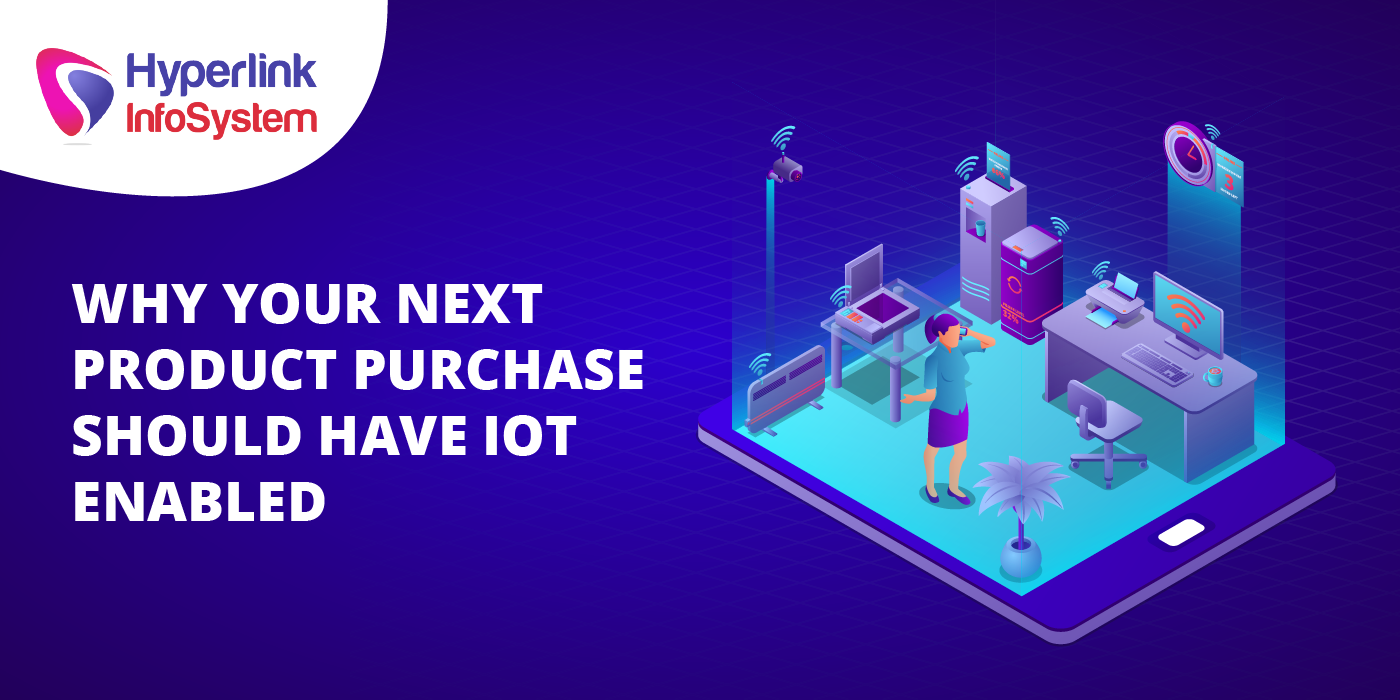
%20connected%20devices%202015%20to%202025(1).png)
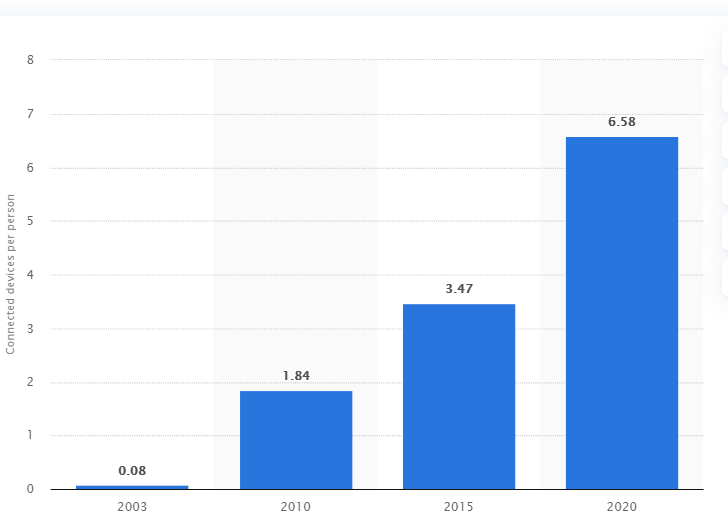
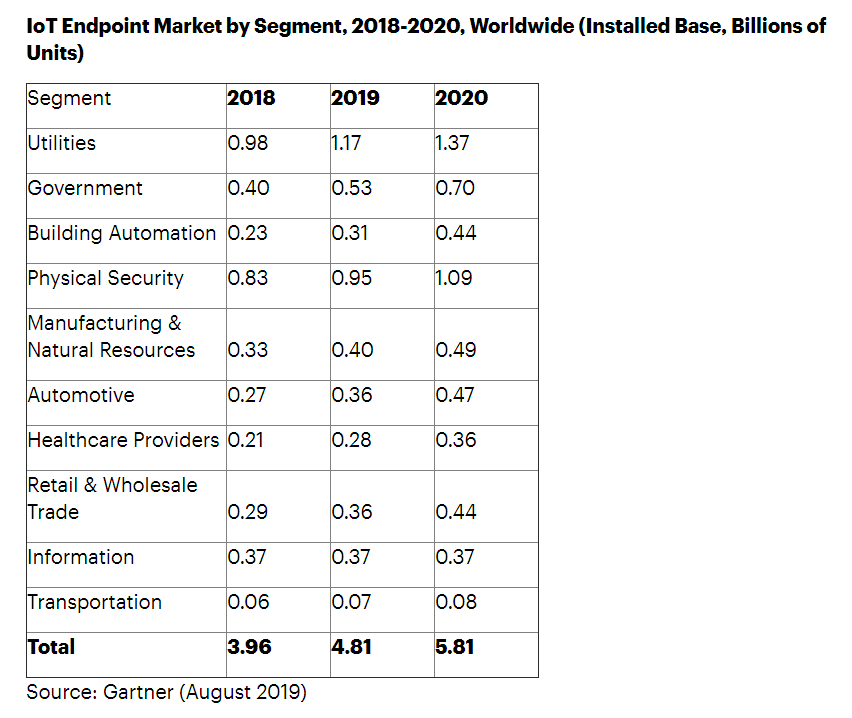
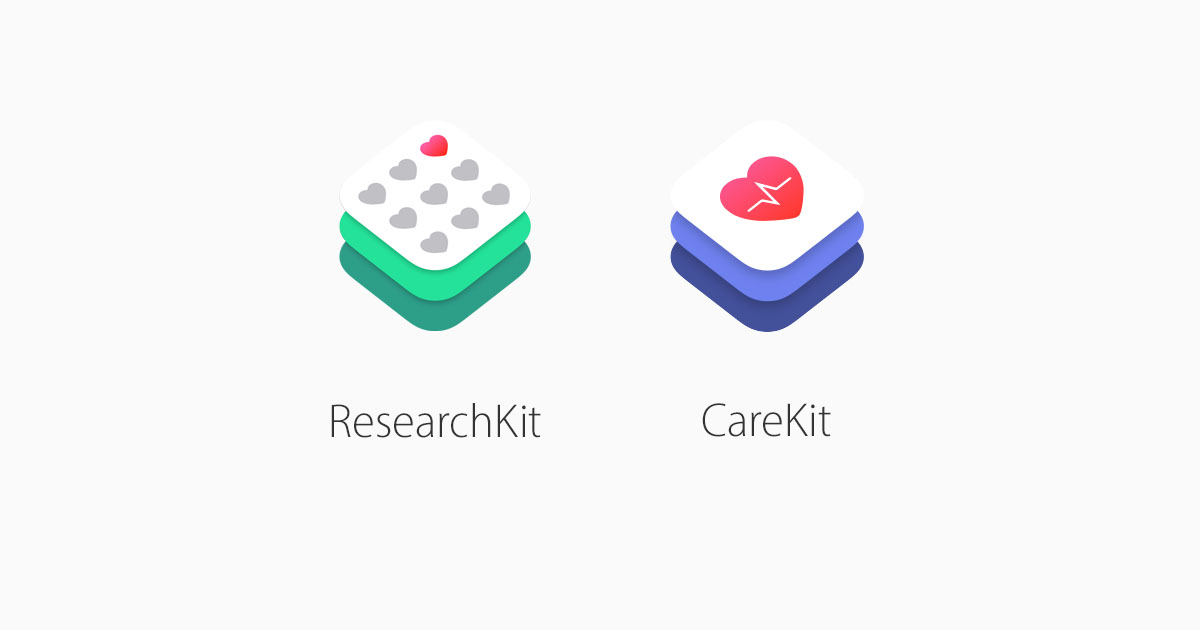
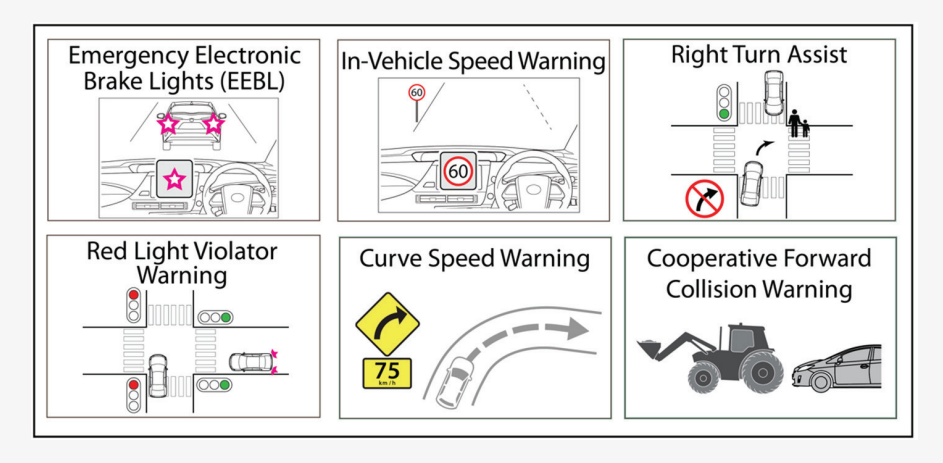
.png)
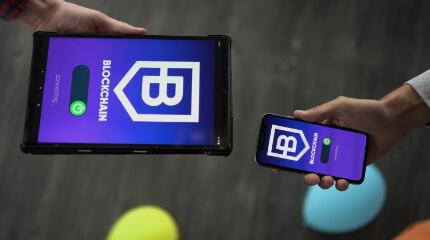

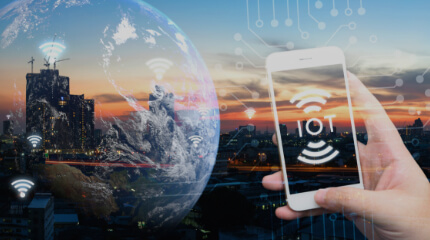














 Next
Next